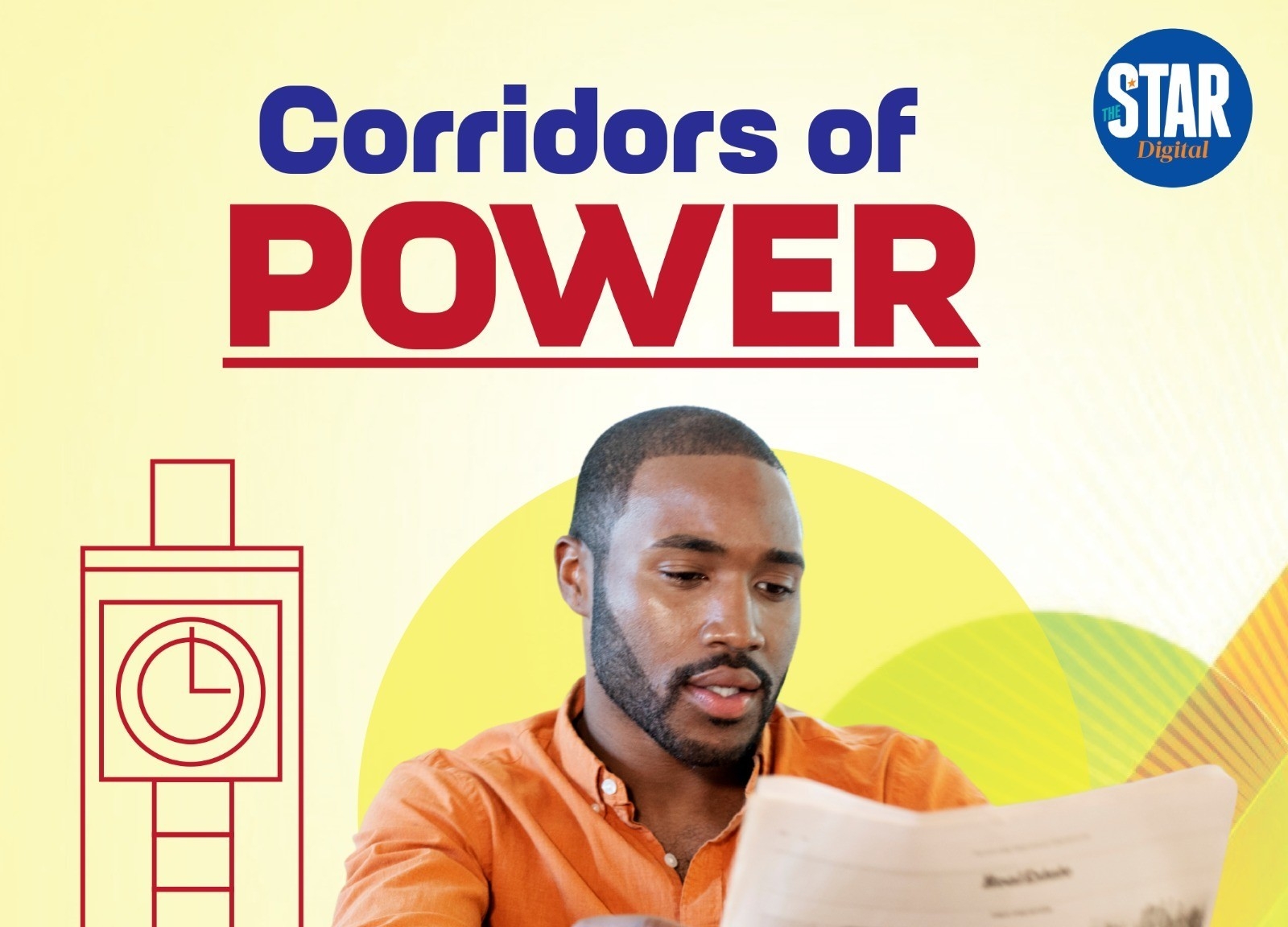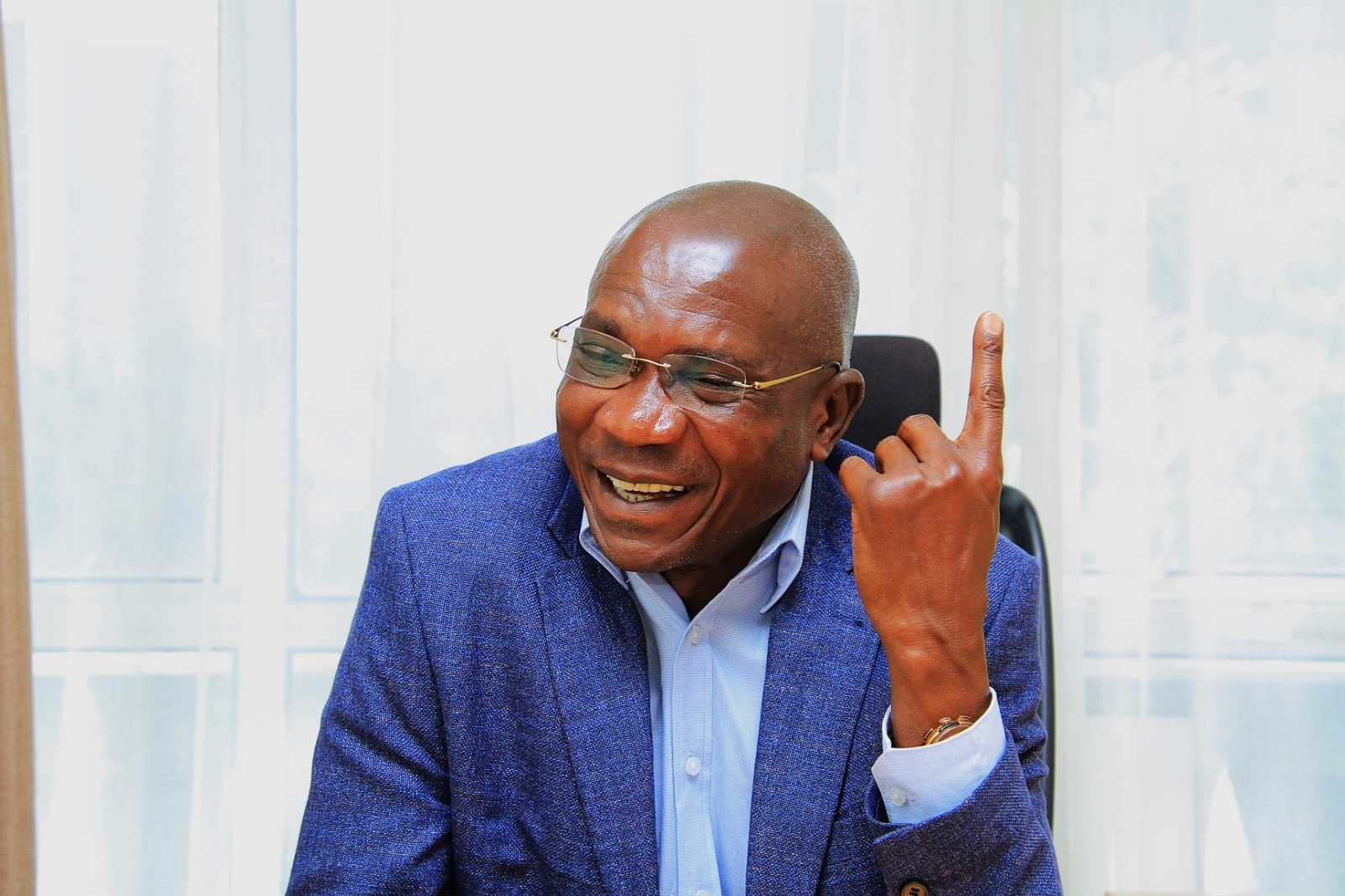While the world basks in the light of love during this Valentine’s week, it would be appropriate to stop for a moment and look at the darker side of relationships, even the charitable ones.
Philanthropic relationships can sometimes resemble a delicate dance, where a co-dependent relationship that starts positively can develop into a toxic one, much like the problems of codependency in dating life. As in all cases of entanglements, it is important to identify the early signs of toxicity and take timely mitigating actions to save both parties from mutual destruction.
The signs of toxicity in donor-recipient relationships can manifest in many different ways, similar to how they do in personal relationships. Warning signs can include ignoring set boundaries, a need for total control, or a lack of respect for the recipient's self-determination – the fundamental right of people to shape their own lives.
If these early signs are ignored, they can lead to serious consequences, such as distraction from the organisation’s founding mission, disruption of the decision-making and destruction of the recipient’s values.
It is important to analyse the impact of a toxic donor’s behaviour on the organisation’s autonomy. If their influence starts to overshadow the organisation's ability to operate independently and threatens its mission, it is a clear sign that the relationship is already harmful.
While short-term successes might seem attractive, they are dwarfed by the long-term effects that the erosion of autonomy and values brings about.
Communication is essential in navigating through these difficult situations. Clearly defining boundaries and raising concerns about the donor's influence could be the basis for a change in direction. A true donor who cares about the organisation’s well-being will respect these boundaries and will cooperate to resolve any difficulties.
The donor’s reaction to these limitations can provide valuable insights. A positive attitude is a good sign, indicating a potential for rehabilitation. However, if the donor is unwilling to accept the situation or even tries to make it worse, it may be a sign of severe toxicity that will be difficult to address.
In such scenarios, seeking external, unbiased views is always crucial. Consulting board members, trusted colleagues, or industry experts can help you see the possible directions of action and get the necessary support during challenging times. This is the same way; you need trusted confidantes and friends during a difficult patch in a relationship.
When toxicity persists despite efforts to mitigate it, it may be necessary to develop a well-defined exit strategy. This could involve seeking alternative funding sources or revenue streams, restructuring projects, or taking other steps to reduce dependence on the toxic donor.
Ultimately, the organisation’s well-being should be the top priority, even if it means sacrificing short-term gains. If breaking ties with the toxic donor is necessary to preserve the organisation’s values and mission, it should be done decisively.
Transparent and straightforward communication of this decision, while emphasising the organisation’s adherence to its fundamental principles, is of utmost importance.
After breaking up with a toxic donor, the focus should shift to recovery and expansion. Freedom, a solid organisational structure and attracting donors who share the same mission become top priorities.
Just as people protect their well-being by eliminating toxic relationships, organisations need to safeguard their autonomy and values in philanthropy to ensure a healthier and more sustainable future. When trust and open communication exist, donors, just like in any relationship are more likely to maintain their support over time, contributing to the long-term sustainability of the cause.
Essentially, engaging in respectful and collaborative relationships with beneficiaries can broaden the donor's perspective and understanding, fostering personal growth and a deeper connection to the cause.
As we celebrate Valentine’s week, let us also hope for a future filled with more healthy and sustainable partnerships. These partnerships should not be as volatile as the highs and lows of Valentine's week, but rather provide much more long-lasting rewards.
Let love, in all its forms, be the guiding force that steers us on the path of positive transformation.
The author, an experienced communications expert with more than a decade of practice, devotes his time to social impact. [email protected]

















